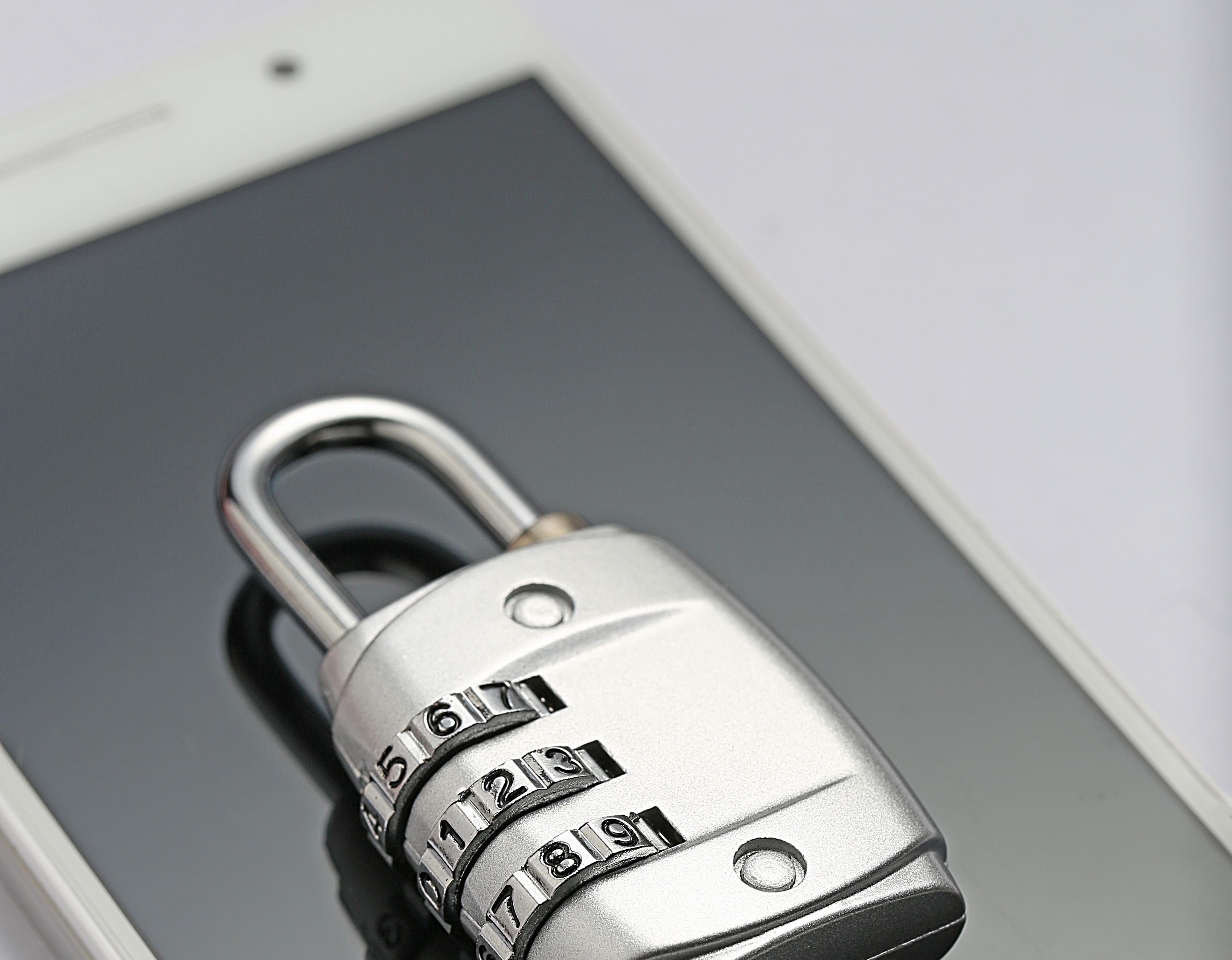
NIST's Groundbreaking Guidelines
For recent years, cybersecurity practices have relied on traditional methods to secure online accounts and sensitive information. These practices include complex password requirements and regular password updates and measures many of us have become all too familiar with. However, the National Institute of Standards and Technology (NIST) is now ready to standardize new password guidelines that will eliminate these requirements.

Why Traditional Password Practices Are Becoming Outdated
Traditional password requirements have included:
- Character Complexity Requirements: These rules enforce the use of various characters, such as uppercase letters, numbers, and symbols.
- Periodic Password Changes: Requiring users to change passwords regularly (often every 90 days or so).
While intended to improve security, these requirements have actually contributed to increased risks. Here’s why:
Inconvenience for Users: Complexity requirements and frequent changes make it difficult for users to remember their passwords. This leads to habits such as writing passwords down, using predictable sequences, or reusing passwords across multiple sites.
Predictable Patterns: Studies have shown that users tend to make minimal changes when forced to update their passwords periodically, such as incrementing a number at the end. These changes do not effectively improve security.
Increased Attack Surface: Forcing users to adhere to complex and constantly changing passwords can result in the use of easily guessed patterns, undermining the effectiveness of these requirements.
The Shift in NIST Guidelines
Recognizing these problems, NIST is now introducing guidelines that focus on password usability and user behavior. Here are the main changes:
- Elimination of Character Composition Rules: Users will no longer be required to include numbers, uppercase letters, or symbols in their passwords. Instead, emphasis will be placed on length and randomness, which are more effective against modern threats.
- Ending Periodic Password Changes: Users will not be forced to change their passwords every few months. Instead, they are encouraged to update passwords only when there is evidence of a breach or compromise.
These guidelines reflect a broader movement in cybersecurity that seeks to align security practices with real-world user behavior and reduce reliance on outdated measures.
The Harmful Impact of Obsolete Password Rules
When rules such as character complexity and forced password rotation are used, they often have unintended consequences that weaken security:
Strict password requirements often lead to several unintended consequences that compromise both security and user experience. Help desks frequently deal with an influx of password reset requests due to users forgetting overly complex passwords, driving up IT costs and increasing workload. These rigid requirements can also encourage risky behaviors, as users may resort to storing passwords in insecure places, such as sticky notes or shared documents, to avoid the hassle of memorization. Additionally, requiring users to jump through numerous hoops just to access their accounts can diminish trust in the security process, causing frustration and disillusionment. By simplifying password requirements, organizations can make security more user-friendly, reduce IT burdens, and discourage behaviors that actually weaken overall cybersecurity.

Why Password Length is the New King
NIST’s shift away from character complexity requirements in favor of password length is based on research indicating that longer passwords are more secure than shorter, complex ones. Here’s why:
- Difficulty in Guessing: Lengthy passwords take much longer to crack using brute force attacks. The longer the password, the more combinations a hacker must try, increasing the time and computing power needed.
- Enhanced Memorability: Users can create longer passwords by stringing together words in a meaningful way. For instance, a passphrase like "PurpleElephantDancesAtSunset" is both long and easy to remember but difficult for attackers to guess.
- Adaptability for Multi-Factor Authentication (MFA): A strong, lengthy password is a natural fit for use alongside MFA, a method NIST strongly advocates. By combining a longer password with an additional verification factor, such as a fingerprint or a one-time code, users can create an additional layer of protection.
Moving Away from Passwords: The Case for Multi-Factor Authentication
One of the key reasons NIST is revising its stance on passwords is the emergence of multi-factor authentication (MFA) as a stronger defense mechanism. MFA requires two or more forms of verification, making it significantly harder for attackers to gain unauthorized access.
Passwordless Solutions
With NIST moving away from strict password guidelines, the future of cybersecurity will likely emphasize passwordless solutions. This evolution reflects a growing recognition that passwords alone are insufficient for today’s threat landscape.
Biometric Data: Many modern systems, including mobile devices, have adopted biometric data as a form of primary authentication. Biometrics offers an attractive alternative to passwords, as they are unique to each individual and not easily shared or stolen.
Single Sign-On (SSO): SSO solutions allow users to authenticate once to access multiple applications. This minimizes the need for multiple passwords while enhancing user experience and security.
Behavioral Biometrics: Some systems are beginning to implement behavioral biometrics, which analyze the way users interact with their devices. This includes typing speed, swipe patterns, and even how users hold their devices. If an unfamiliar pattern is detected, additional security measures are enacted.
A New Era of Cybersecurity Best Practices
NIST’s new password guidelines signify a major shift in the cybersecurity landscape, with a focus on usability and real-world effectiveness over outdated practices. By moving away from complex character requirements and frequent password changes, NIST is setting a new standard for what constitutes secure authentication.
As passwords are just one component of a larger, multi-layered approach to security, it is essential for
organizations and users alike to embrace these changes. Passwords, while still necessary in many cases, should no longer be the primary defense mechanism. By adopting these new standards, we can help create a safer and more secure digital environment for everyone.
This is a major opportunity for cybersecurity professionals to reimagine how they approach authentication. It is time to embrace solutions that simplify the user experience while providing stronger, more effective security measures. As we enter this new era, let’s prioritize security solutions that work in harmony with how people actually use technology—not against them.
Related Posts

Without proper configuration, it can be vulnerable to exploitation, and that’s where SMTP open relay attacks come into play.
